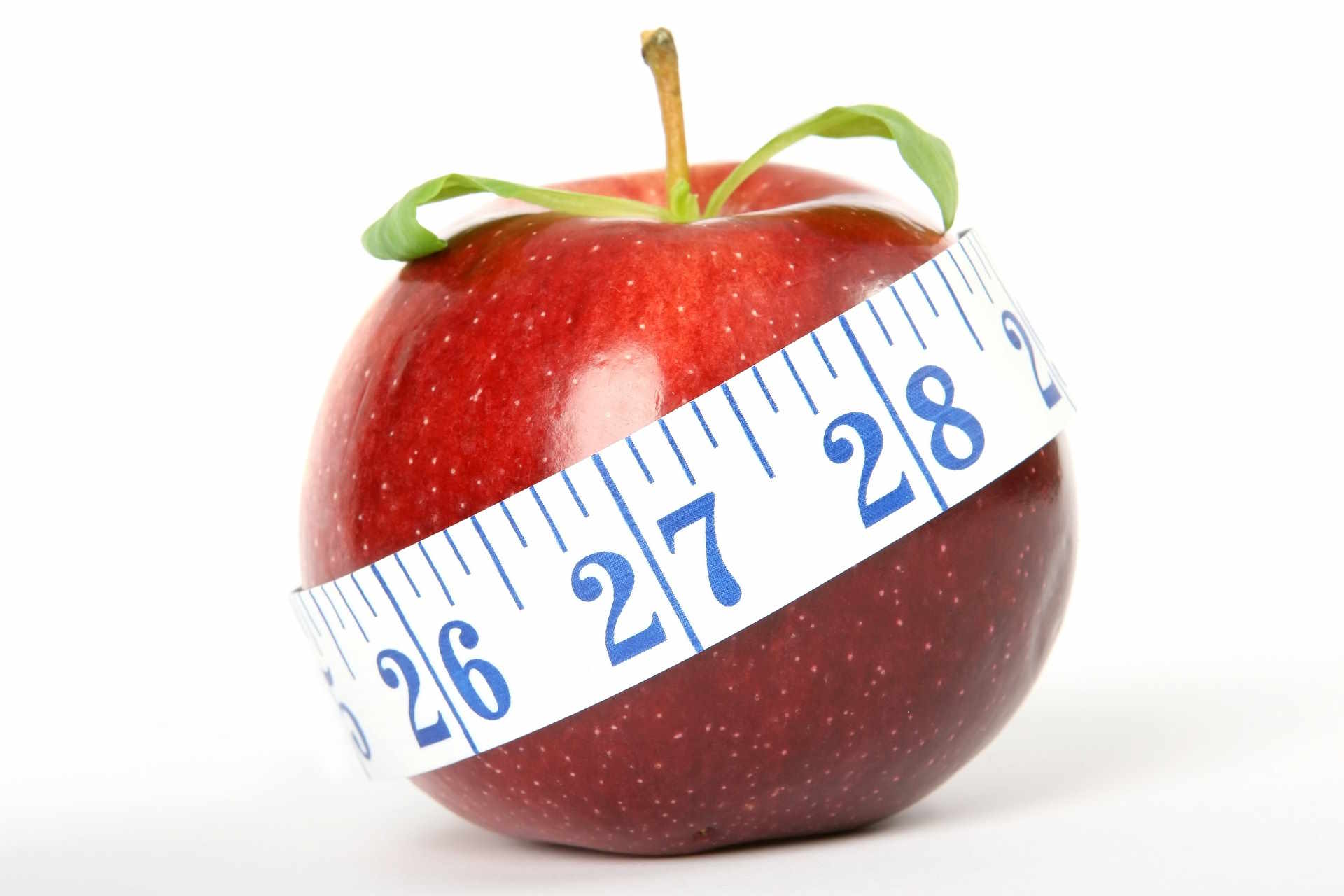Food Calculator in Canada – Calorie and Nutrient Estimation Platform
A food calculator in Canada may assist individuals who wish to review calorie intake and nutritional balance based on local food references. It allows structured entry of meal components, displaying data such as proteins, fats, and carbohydrates. Some platforms integrate regional food products, helping users maintain accurate records that align with Canadian dietary information systems. These calculators support awareness and organization rather than specific diet plans, providing consistent access to verified data and clear reporting of nutrient values per serving.

Food calculators have gained popularity as more Canadians seek to understand their nutritional intake. These digital platforms allow users to input meals and snacks, then receive estimates of calorie content, macronutrients, vitamins, and minerals. While they vary in complexity and data sources, most aim to simplify the process of tracking what you consume throughout the day.
This article is for informational purposes only and should not be considered medical advice. Please consult a qualified healthcare professional for personalized guidance and treatment.
How Do Data Sources Follow Canadian Food Reference Standards?
Many food calculators available in Canada draw from databases aligned with Health Canada guidelines and the Canadian Nutrient File (CNF). The CNF is a comprehensive resource maintained by Health Canada that contains nutritional information for thousands of foods commonly consumed in the country. Platforms that reference this data aim to provide estimates that reflect the nutritional composition of foods as they are typically prepared and consumed in Canada.
Some calculators also integrate data from the United States Department of Agriculture (USDA) or other international sources, which can broaden the range of foods available for logging. However, reliance on Canadian-specific databases ensures that regional food products, preparation methods, and fortification practices are accurately represented. Users should verify which data sources a platform uses, especially if they are tracking intake for medical or therapeutic purposes.
What Features May Include Data on Regional Food Products and Brands?
One advantage of using a food calculator tailored to the Canadian market is access to regional food products and brands. Many platforms include entries for items sold in Canadian grocery stores, such as products from Loblaws, Sobeys, Metro, and other national or regional chains. This makes it easier to log packaged foods without manually entering nutritional information from labels.
Some calculators also feature restaurant menu items from chains operating in Canada, including Tim Hortons, A&W, and Swiss Chalet. This functionality is particularly useful for individuals who eat out frequently or want to compare options before ordering. The inclusion of regional and branded items reduces guesswork and improves the accuracy of calorie and nutrient estimates.
Do Some Platforms Connect to Mobile Tracking Tools?
Integration with mobile tracking tools has become a common feature among food calculators. Many platforms offer smartphone apps that sync with wearable fitness devices, such as Fitbit, Garmin, or Apple Watch. This connectivity allows users to see how their calorie intake compares with their physical activity and energy expenditure throughout the day.
Some apps also connect with other health tracking software, enabling users to monitor metrics like blood glucose, hydration, or sleep patterns alongside their dietary intake. These integrations create a more comprehensive picture of overall health and can help users identify patterns or areas for improvement. Syncing across devices also ensures that data is accessible whether you are using a phone, tablet, or computer.
How Do Daily Summaries Show Calorie and Nutrient Proportions?
Most food calculators generate daily summaries that break down total calorie intake and the proportion of macronutrients consumed. These summaries typically display the percentage of calories from carbohydrates, proteins, and fats, along with totals for fiber, sugar, sodium, and other key nutrients. Visual aids such as pie charts, bar graphs, or progress rings make it easier to interpret the data at a glance.
Daily summaries often compare your intake against recommended dietary allowances or personalized goals you have set within the platform. For example, if you aim to consume 2,000 calories per day with a macronutrient ratio of 50% carbohydrates, 25% protein, and 25% fat, the summary will show how closely your actual intake matches these targets. Some platforms also track micronutrients like vitamin D, calcium, and iron, which can be particularly helpful for individuals with specific dietary needs.
What Questions Often Concern Input Accuracy and Data Verification?
One of the most common concerns among users is the accuracy of the data they input and the reliability of the estimates provided. Food calculators rely on users to log portion sizes correctly, which can be challenging without a kitchen scale or measuring tools. Estimating portions by eye often leads to underreporting or overreporting of intake, which affects the accuracy of the nutritional breakdown.
Another issue involves the variability of foods. For example, the nutritional content of a homemade meal can differ significantly from a restaurant version or a packaged product, even if they share the same name. Users should verify entries when possible, especially for generic items like “chicken breast” or “mixed salad,” which can vary widely in preparation and ingredients. Some platforms allow users to create custom entries or recipes, which can improve accuracy for frequently consumed meals.
Data verification is also a concern when platforms pull information from crowdsourced databases. While this expands the range of available foods, it can introduce errors if users submit incorrect information. Choosing calculators that rely on verified sources like the CNF or USDA databases can reduce this risk.
What Should You Consider When Choosing a Platform?
When selecting a food calculator, consider factors such as ease of use, database size, integration options, and whether the platform aligns with your specific goals. Free versions of many apps offer basic tracking features, while premium subscriptions may unlock advanced analytics, meal planning tools, or ad-free experiences. Evaluate whether the additional features justify the cost based on your needs.
It is also worth checking user reviews and expert recommendations to gauge the reliability and user experience of different platforms. Some calculators are better suited for casual tracking, while others cater to athletes, individuals managing chronic conditions, or those following specific diets like keto or vegetarian plans.
Food calculators in Canada provide a practical way to monitor dietary intake and make informed choices about nutrition. By leveraging databases that follow Canadian food reference standards, integrating with mobile tracking tools, and offering detailed daily summaries, these platforms support a range of health and wellness goals. While input accuracy and data verification remain important considerations, choosing a reliable platform can help you gain valuable insights into your eating habits.




